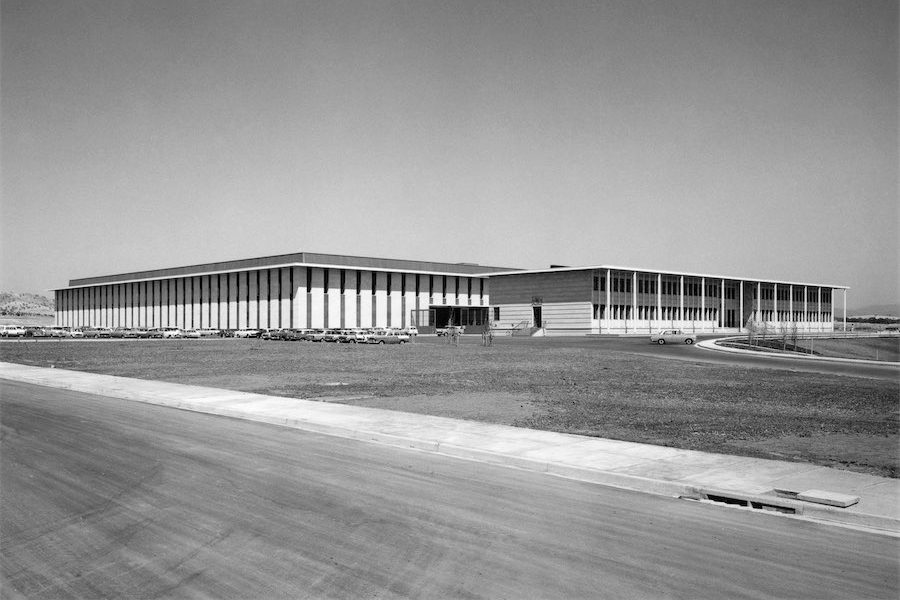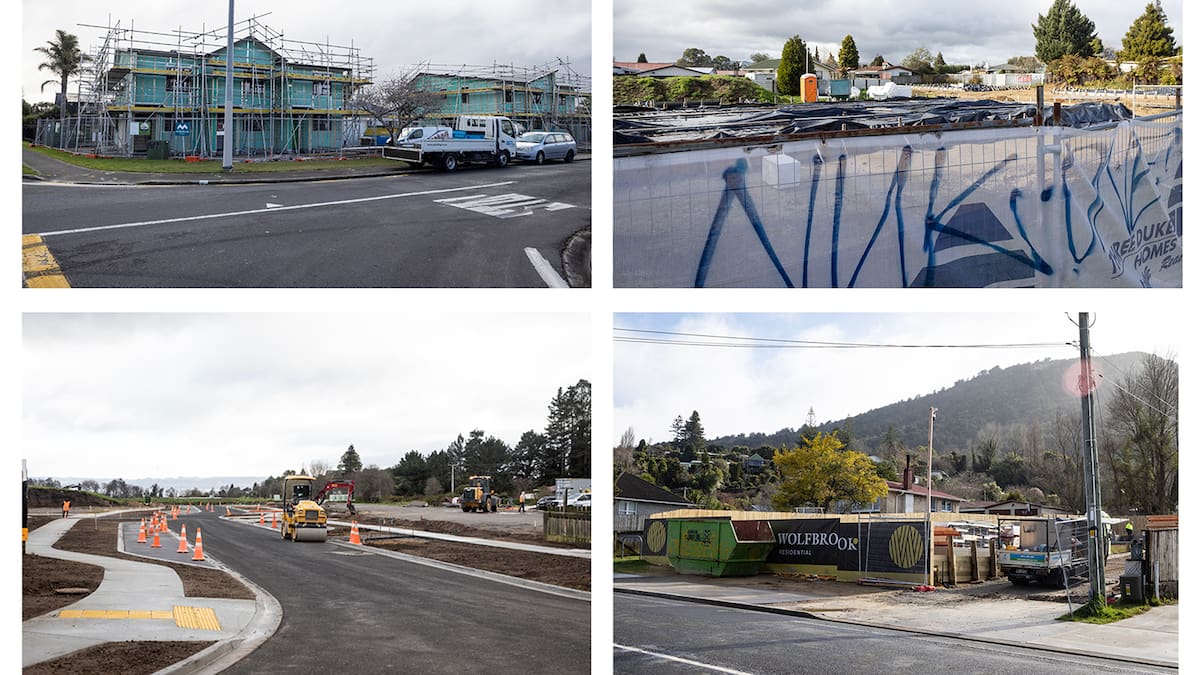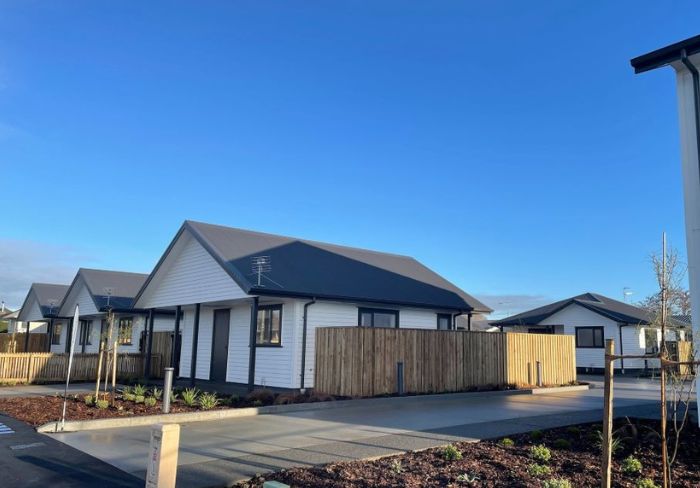The Mint is turning 60 in February. Yesterdays columnist NICHOLE OVERALL looks back to the day it was opened by Prince Phillip and the controversy of its being built in Deakin.
The wide passageway leads to a staircase descending to a colossal underground vault constructed of 61-centimetre thick reinforced concrete.

A steel door of massive proportions – 12-tonnes in weight, three metres high and 1.5 metres wide, at a thickness of 61 centimetres – prevents access to the treasure trove within.
Here the 10 million coins a week churned out by the Royal Australian Mint reside until circulated throughout the nation.
It was 60 years ago the huge vault door was lowered into position before the floor of the main gallery above was laid and the iconic Canberra building rose up around it.
Now preparations are underway to mark that journey and the official opening by the Duke of Edinburgh, Prince Philip, on February 22 1965.
There’s also a call for anyone who was present or has memories or memorabilia about the occasion to take part.
On that summer’s day, a report-worthy Fahrenheit century (38C), some 600 guests marvelled at the gold-coated, nearly two metres by one metre coat-of-arms heralding the moment.
Then, with a princely flourish, two small green buttons were pressed and the nation’s first decimal coins minted.
“The Duke selected a one-cent coin to add to the set he was presented with at the official opening,” says the Mint’s eleventh chief executive, Leigh Gordon, who is overseeing the anniversary as well as significant renovations currently underway.
“The Mint has national heritage importance as well as cultural significance,” Leigh says.

As with most things Canberra, the arrival of the Mint wasn’t without controversy.
According to Sir John Overall, inaugural Commissioner of the National Capital Development Commission (yes, this columnist is related), arguments on ACT planning were rarely “about architecture or engineering matters”.
Instead they were “between ministers and heads of departments who wanted the best located sites and the most impressive buildings”. The Mint was a prime example.
Harold Holt, as treasurer, pushed for the Australian coin repository to “occupy a place of pride in… that exclusive territory in the national capital reserved for its more noteworthy buildings.”
Sir John, present for the Cabinet meeting, noted the proposal’s rejection on the grounds Holt’s political colleagues “refused to have a ‘factory’ in the prestigious Parliamentary Triangle”.
Instead it was “banished to the bush”, the remote “entrance to Yarralumla Creek Valley” (Woden).
The Mint was constructed in record time: more than 9000 cubic metres of concrete and one million bricks assembled in less than a year at a cost of 1.7 million pounds (more than $53 million today).
The “gracious and dignified” creation emerged from ACT Chief Designing Architect Richard Ure. Also responsible for the eagle-bearing, 79-metre tall Australian-American Memorial unveiled in 1954, Ure would later generate angst for his iconic Black Mountain Tower.
It was the nation’s fourth such finance facility (Sydney 1855-1926, Melbourne 1872-1931 and Perth from 1899) but the first truly “Australian” mint. So would it boast modern and superior equipment.
“The Royal Australian Mint provided the Commonwealth with its own facility for coin making for the first time,” says Leigh.
“Prior to this, the government had no control over such operations, the other mints in the country were essentially branches of the Royal Mint in London.”
More colourful episodes have also featured in its past: abnormal coins, foiled heists and even purported ghostly presences.
A technical hitch in 2000 saw a set of $1 coins struck with the wrong profile of the Queen. Intended for a 10c piece, the highly collectible result was slightly thicker and bore a double rim.
In a time before hi-tech security, an attempt to smuggle coins out was thwarted while a later plot to secure unreleased currency was uncovered by police.
Beneath the Mint’s main furnace, on a suspended floor up to a metre thick, which required new methods of construction to support the weight, is a six-metre-high basement.
It’s in this solitary space some claim to hear an ethereal whistling. Others suggest an actual “sighting”.
No tragedies are directly associated with the money house, but a former employee of four decades is raised as a potential culprit.
After 60 years, the Royal Australian Mint as a cultural institution, an operating business and a tourist attraction is as much a feature of the ACT landscape as its architectural siblings of the stature of the National Library (1968).
“We’re extremely excited our renovations are heading towards completion,” says Leigh.
“There will be some definite wow factors that we’ll reveal when the work is complete, but we think people will be really happy with the end result.”
Canberra, it seems you are worth minting!
Who can be trusted?
In a world of spin and confusion, there’s never been a more important time to support independent journalism in Canberra.
If you trust our work online and want to enforce the power of independent voices, I invite you to make a small contribution.
Every dollar of support is invested back into our journalism to help keep citynews.com.au strong and free.
Thank you,
Ian Meikle, editor





